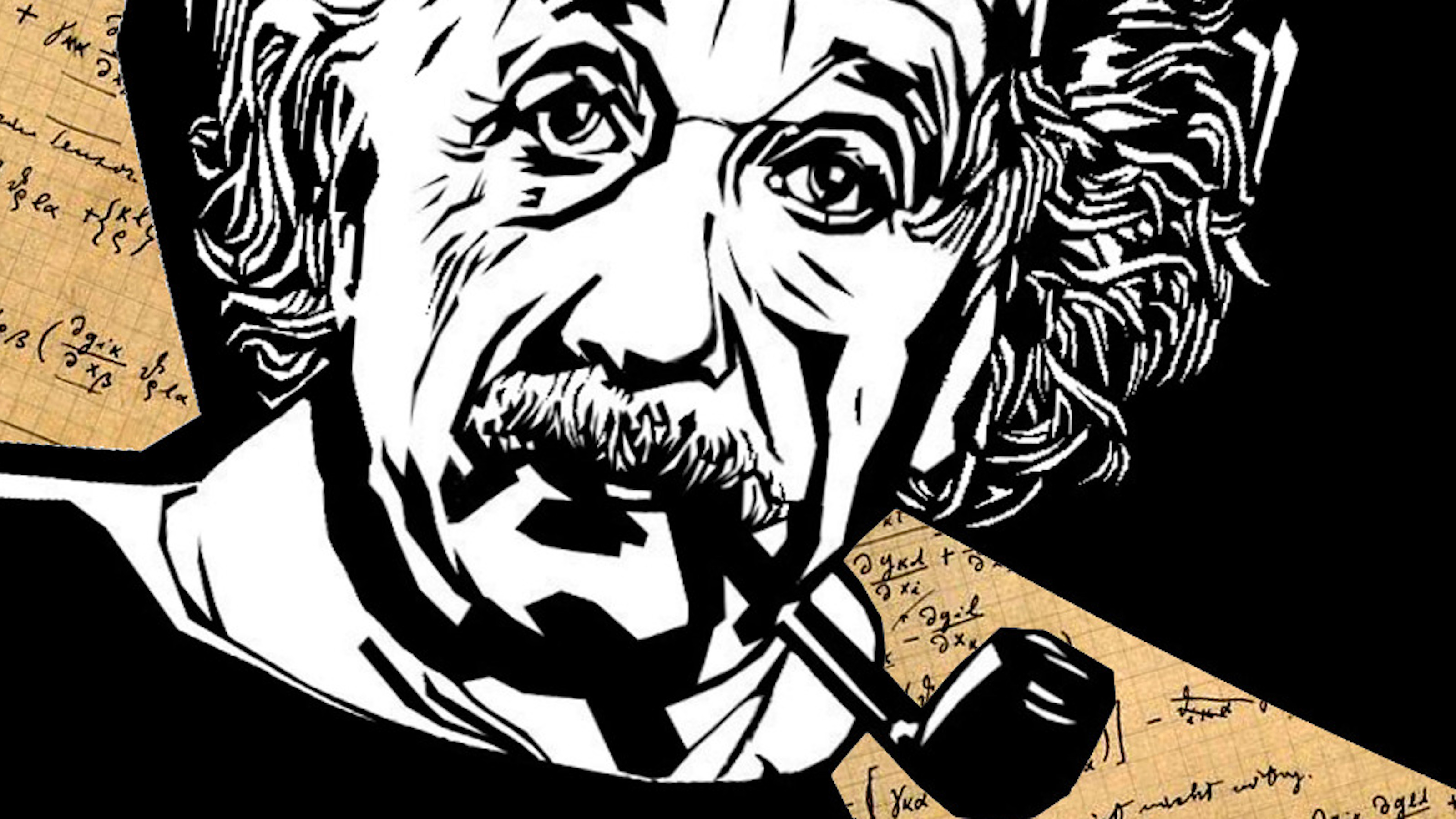The “action fallacy” tells us that the most effective leaders are unseen

- The “action fallacy” — placing too much importance on heroism in the face of harrowing odds — can obscure the nature of truly effective leadership.
- What effective leaders do to drive teams and events toward a successful outcome might not be easily visible at first glance.
- The greatest leaders are highly nuanced and play a long, often unseen game.
“Leadership is about overcoming crises.” “Leadership is about acting when others hesitate.” Management blogs, consulting pitches, and social media posts are rife with similarly catchy leadership clichés. As a historian teaching at a business school, however, I know that such simple wisdom corresponds little to how history’s most influential leaders actually achieved great things. Nor, I suspect, does it apply to leaders today. So what wisdom does apply? I decided to undertake a study to answer that question. Here’s what I found out.
Beware of the “action fallacy”
When you think of history’s great leaders, who comes to mind? Napoleon, JFK, Churchill, or one of the other great statesmen who combined charisma with a penchant for action? Or perhaps Ernest Shackleton, the fearless British explorer, whose epic struggle for survival aboard the ice-bound Endurance is a pillar of today’s business school curriculums and a never-ending stream of bestsellers.
There is a problem, however. These are not always the individuals picked out by historians as having been the most influential. And when they are, it’s usually for entirely different reasons.
I blame the “action fallacy”: the mistaken belief that leadership is characterized by energy and movement in the face of harrowing odds. According to the action fallacy, lively action — Shackleton’s straining his steam engine in his battle against the offending pack ice or Churchill’s vivid speeches and ceaseless hounding of his generals to attack — is the essential quality of a good leader and the ultimate indicator of the leader’s effectiveness.
History’s most effective leaders did not need to generate a lot of noise and activity because they often reduced dramatic circumstances to a minimum.
A sober analysis of the historical record, however, suggests that truly successful leadership has little to do with Hollywood stereotypes or heroic struggles. Instead, history’s most effective leaders did not need to generate a lot of noise and activity because they often reduced dramatic circumstances to a minimum.
Take, for example, the Middle East in the period during and after the First World War — a jumble of guerrilla fighting, colonial squabbling, and political intrigue, as France, England, Zionists, and local tribes sought to gain the upper hand. T.E. Lawrence’s role in these events has been memorialized in bestsellers and the epic 1962 movie Lawrence of Arabia, directed by David Lean with a hefty dose of poetic license. With its stirring orchestral score, its vast and awe-inspiring shots of the desert landscape, its hordes of camels and horses, the early-60s Western stereotypes it applied to almost all Arab and female characters, and above all, the tortured intensity of Peter O’Toole as Lawrence, it was a great box office hit. That’s not entirely surprising: Lawrence checks all the boxes of a heroic, action-oriented leader.

But it was not Lawrence, but the largely forgotten Gertrude Bell who, more than anyone else, built a modern and capable Iraqi state that survived for the next two decades and facilitated Arab independence. The only woman in her milieu, Bell’s influence made few headlines, and her work was generally fronted by that of powerful men. But those who worked with (and against) her, were in no doubt about who was in the driver’s seat. Lawrence himself wrote of Bell that, “She stood out as the one person who, thinking clearly, saw the true ultimate goal of our work with the Arabs and, daunted by nothing, worked unsparingly of herself toward it.”
The takeaway: Judge leadership, including your own, only by the actual positive impact it has.
Great leaders play a long, often unseen game
The skewing caused by the action fallacy also affects our view of truly outstanding leaders. Winston Churchill, for example, is rightly celebrated as a brilliant leader and the main architect of Allied success in the Second World War. But for all the wrong reasons.
The classic story of the Second World War has it that, at the dramatic low point of the summer of 1940, Britain, standing alone and morale flagging, was in mortal danger from a Nazi invasion. Only the newly appointed Prime Minister’s rhetorical grace, stubborn grit, and consistently offensive spirit convinced a reluctant nation to fight on from this low point until it decisively defeated the Nazi empire in 1945.
Unfortunately, this reading of Churchill’s leadership is poorly supported by the facts. For one, Britain was never in any danger of being invaded by Germany (even Hitler’s ever-confident generals knew that it was hopeless). Second, it was never truly alone (London was the center of an empire of 500 million people). Third, if action-soaked rhetoric were indeed the key to victory, the crown might well have gone to Hitler, who electrified mass audiences at his rallies. Finally, and perhaps most importantly, Churchill was, by the metric of inspiration of his subordinates, a terrible leader. Working for him was the dread of many a minister.
Churchill’s success lay not in his brash personality, and his persistent haranguing of his generals to get a move on, but in his long and deliberate (but very much behind-the-scenes) campaign to draw the U.S. into the war
How we tell his story — skewed by the action fallacy — leads to exactly the wrong conclusions about what in fact made him so successful.
Churchill’s success lay not in his brash personality, and his persistent haranguing of his generals to get a move on, but in his long and deliberate (but very much behind-the-scenes) campaign to draw the U.S. into the war and to build the administrative structures necessary for managing a complex modern war.
Churchill was both the architect and the heart and soul of an unprecedented international military collaboration, including what in 1940 were two highly unlikely partners: the U.S. and the Soviet Union. To build the multi-national coalition that eventually defeated the Nazis, Churchill, among many other things, wrote over 1,300 telegrams to Franklin D. Roosevelt — in total they exchanged some 2,000 written messages — and became one of the great travelers of the war, often putting himself at serious risk and discomfort to travel to Washington, Moscow, Tehran, and wherever else he felt he needed to exert his personal influence (logging 107,000 miles of air travel during the war).
At home he redesigned the British government to be able to prosecute a war of unprecedented complexity. When FDR sent his trusted aide Harry Hopkins to visit Britain and report back, the latter was stunned by Churchill’s “absolute mastery of Britain’s governance.”
The takeaway: What effective leaders do to drive teams and events toward a successful outcome might not be easily visible at first glance. Look below the surface.
Nuanced awareness of external circumstances is a hallmark of great leaders
In understanding why historical events unfolded in a particular way, we also have to look beyond the actions of one individual. There is no steering wheel of history that an intrepid leader can grasp — instead, in all conceivable scenarios, from that of a manager in an office to that of the captain of a football team, there are countless forces beyond the control of the individual leader: organizational traditions and cultures, technological limitations, silent but persistent changes in the environment, decisions taken by persons or even groups far away. These forces constrain and divert even the most energetic efforts and the most compelling rhetoric of a single person.
Great leaders are aware of these trends and rather than battling blindly against them, they leverage them for their own needs.
During the “heroic age” of polar exploration at the turn of the 20th century, for example, four goals made up the ne plus ultra toward which all the contenders were striving: the two geographic poles (South and North) and the two sea passages (Northwest and Northeast). One might expect that if Shackleton were as great a leader of polar expeditions as is so often maintained, he would have claimed at least one of the four prime goals. This was not the case. Instead, another man led the successful expeditions that first claimed three of the four objectives (and for good measure, the second crossing of the Northeast Passage as well). This man was a comparatively unknown Norwegian named Roald Amundsen.
Amundsen dedicated his life to understanding the polar environment and made every decision, in planning and in executing, with a nuanced awareness of the environment around him. The result: a series of immensely successful expeditions, but so drama-free that they fit poorly with our conception of a master leader. When the President of the British Royal Geographical Society (RGS), Lord Curzon, insisted that the (often spectacular) failures of the “great” British explorers — John Franklin, Robert Falcon Scott, Shackleton — were due to misfortune, while Amundsen’s successes were due to luck, Amundsen wrote, “Victory awaits him who has everything in order — luck, people call it. Defeat is certain for [he] who has neglected to take the necessary precautions in time; this is called bad luck.”
The takeaway: What to the uncritical viewer looks like “luck” is, in fact, an alignment of planning, intentions, and action with external circumstances.
This rethinking of leadership is more than an academic exercise. If we have been celebrating the wrong role models and leadership qualities and fundamentally misunderstood what made leaders effective in the past, the same is likely happening in your office, community, or sports team today. Because, after all, the biases and misconceptions we bring to our reading of the past are often one and the same as those through which we view the present.





